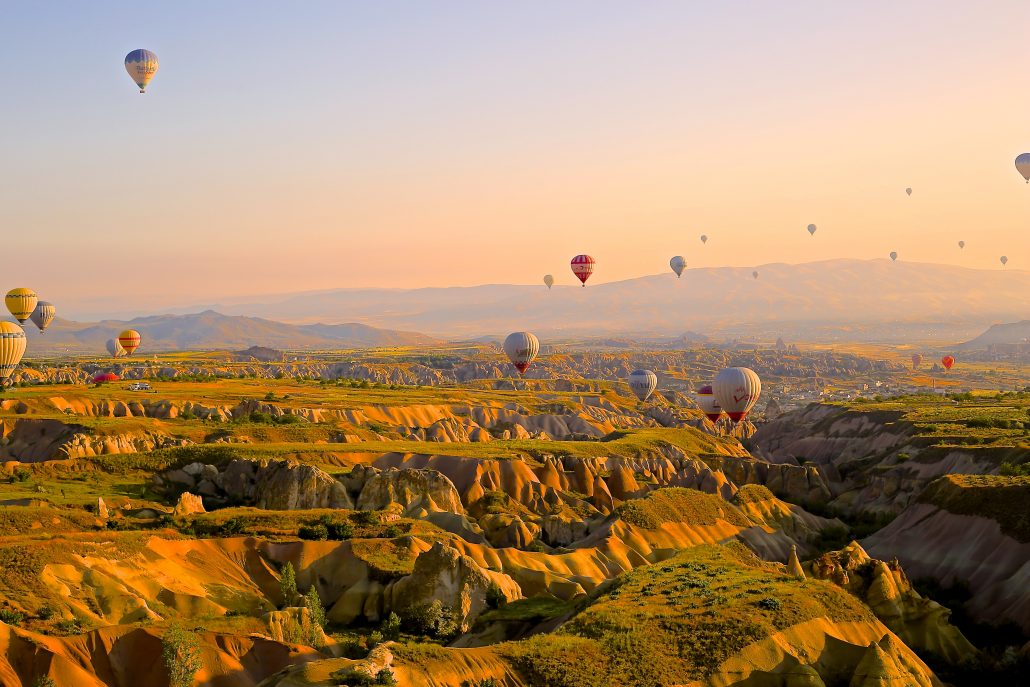It’s open season in the world of applying for graduate schemes. In the background, Brexit negotiations and threats of a 2020 “brain drain” tinge the graduate recruitment market with nerves and uncertainty. Still, for now, the same huge demand remains for opportunities across the country. The same demand, the same competition, but also the same headaches persist for the recruiting teams. If anything, they’re showing signs of growing.
21st Century Graduates
800 graduate positions were left unfilled in 2016, with graduates turning down or reneging offers that left a quarter of the UK’s leading employers with less intake than planned. The generations now reaching the employment market are faced with more choice and information than ever before, and many fiercely value the ethics and culture behind a brand just as much as what their starting salary could look like.
Graduate recruiters need to find ways to create emotional engagement to carry candidates through the early stages of joining and beyond. There are 101 reasons that could put graduates off moving forward with an opportunity. Old fashioned selection processes, myths around the profiles being hired, London is the only place that offers a competitive future….
Organisations can set themselves apart from the competition, not just by offering flexible hours or appealing holiday cover, but through effectively connecting with and preparing their candidates.
Budgets, budgets, budgets
Constraints on resources and budgets within HR and recruiting departments overall dictate that teams need to get creative and stay relevant to their target audience, without simply buying their attention or forcing them to a one-off seminar. Most recruiters now rely on social media more than traditional advertising but are also developing more direct partnerships with universities. But what if you’re not one of the widely recognised brands? How can you successfully reach the graduate population, and stand out with your approach?
The average cost per hire for a graduate is estimated to be £3,383. This comprises of £1,722 on attraction & marketing and £1,661 on selection & assessment. Fewer companies are planning on increasing their budgets around recruitment for the foreseeable future, which means it’s going to become more important to reach and attract the right candidates who could even develop beyond graduate level within the company.
Honeymoon vs Hangover
The numbers of students who see their first role as a stepping stone towards other opportunities is on the rise. 60% of students say they would expect to be in their first job for less than 3 years. So how to make them stay?
A large proportion of graduates feel they are underemployed and underappreciated in their roles which could be a factor in the rising trend. Is there a way to set and manage their expectations accordingly from the start, and demonstrate what it is really like to work in your company with minimum surprises? 69% of employees are more likely to stay in their company for at least 3 years after a great onboarding experience. It is essential to remember that first impressions count, creating a memorable and innovative approach to onboarding could be the key to unlocking a long-lasting employee experience.
For best ongoing success, it’s crucial all employees- graduate or senior- have a clear understanding of their role and what is expected of them, feel confident in their ability to perform and contribute, as well as feel trusted, connected and valued within their organisation. There are ways to deliver these needs and objectives, without subjecting new joiners to PowerPoints or uninspiring email attachments. It’s true what they say, you get what you give, so why not offer an experience that fills your young and impressionable employees with enthusiasm about the environment they’ve just joined?











